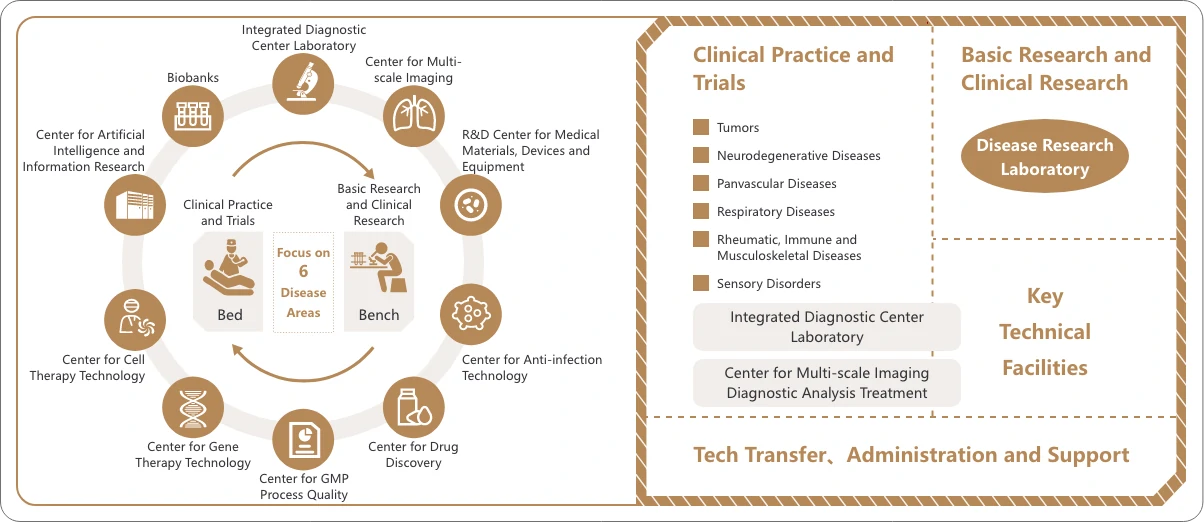
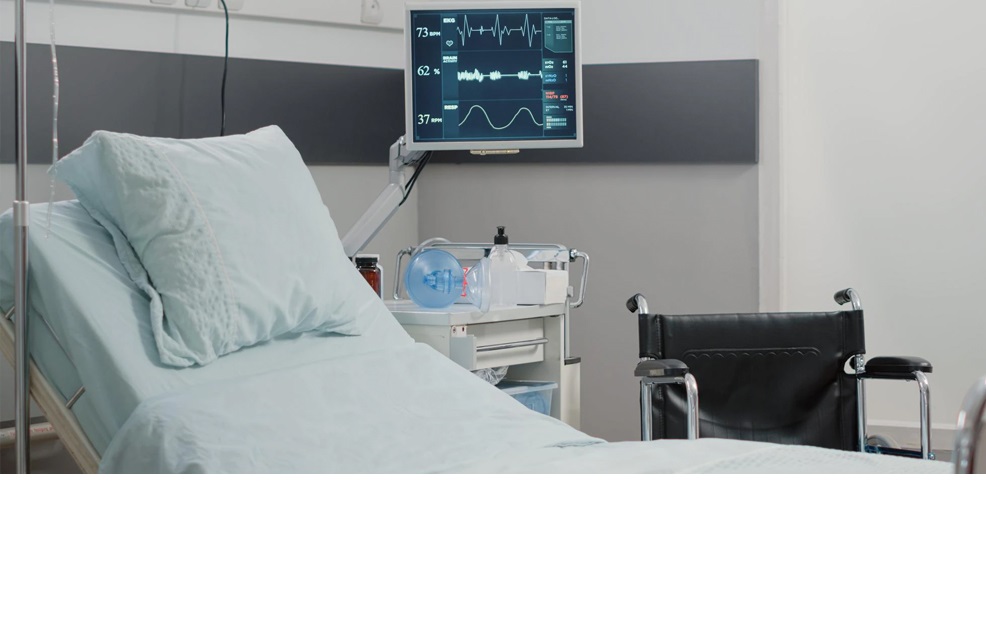
The Center breaks with the conventional setting of discipline-oriented departments, and establishes disease-centered multidisciplinary specialty groups, and clusters basic research teams to jointly promote research on disease mechanisms, screening and diagnosis, and treatment modalities. This setting enables the Center to help patients select appropriate treatments, reduce referrals and examinations within medical institutions, lower medical costs, and improve patients' experience.
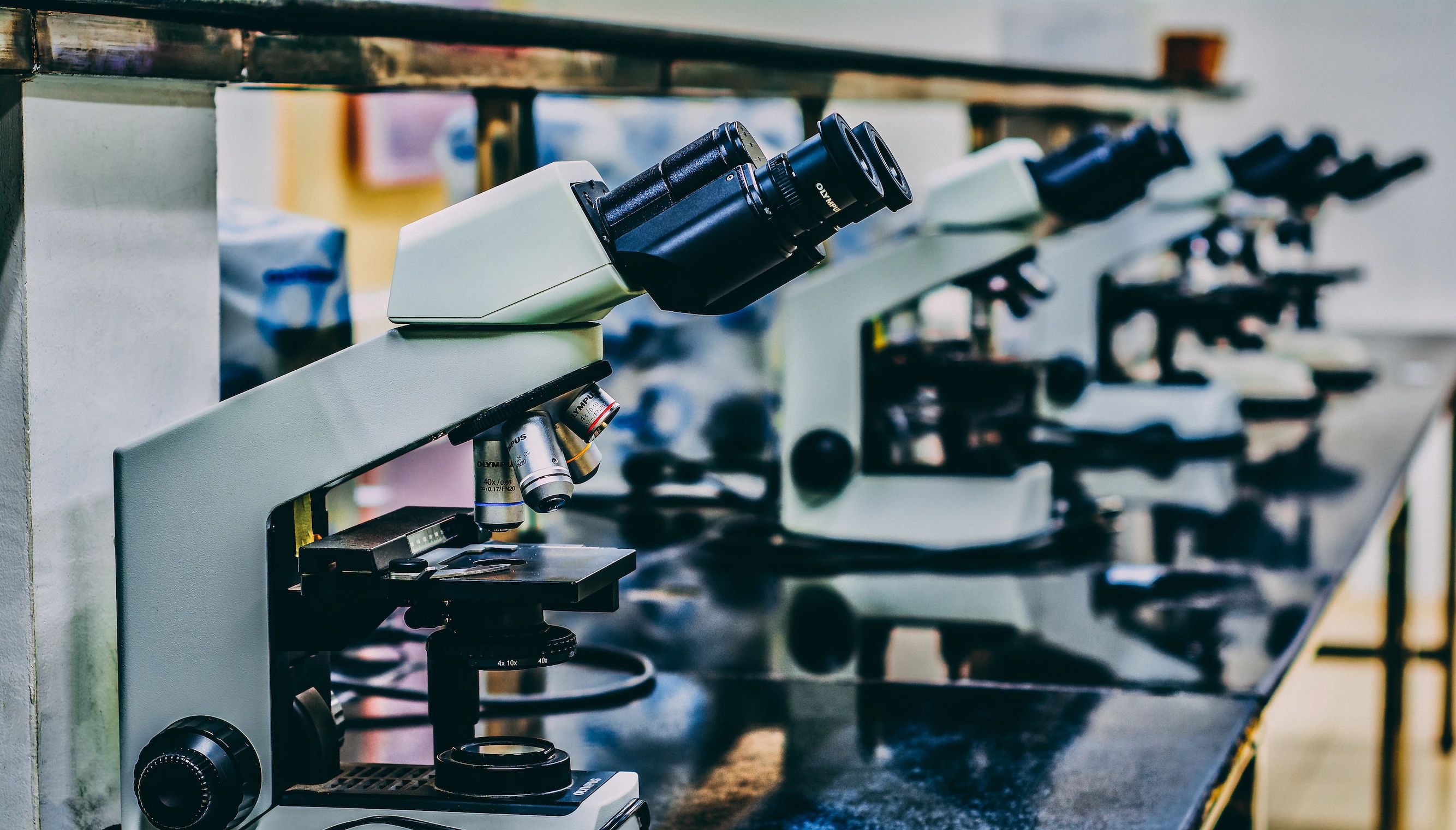
The Center has a group of multidisciplinary teams led by physician-scientists that consist of clinicians, basic researchers, pharmacists, statisticians and other multidisciplinary experts. With the mission of conducting clinical-problem-driven research, the Center identifies problems from clinical practice and relevant scientific questions, and develops treatment solutions and components, which then are fed back to the clinic for validation, evaluation and optimization.
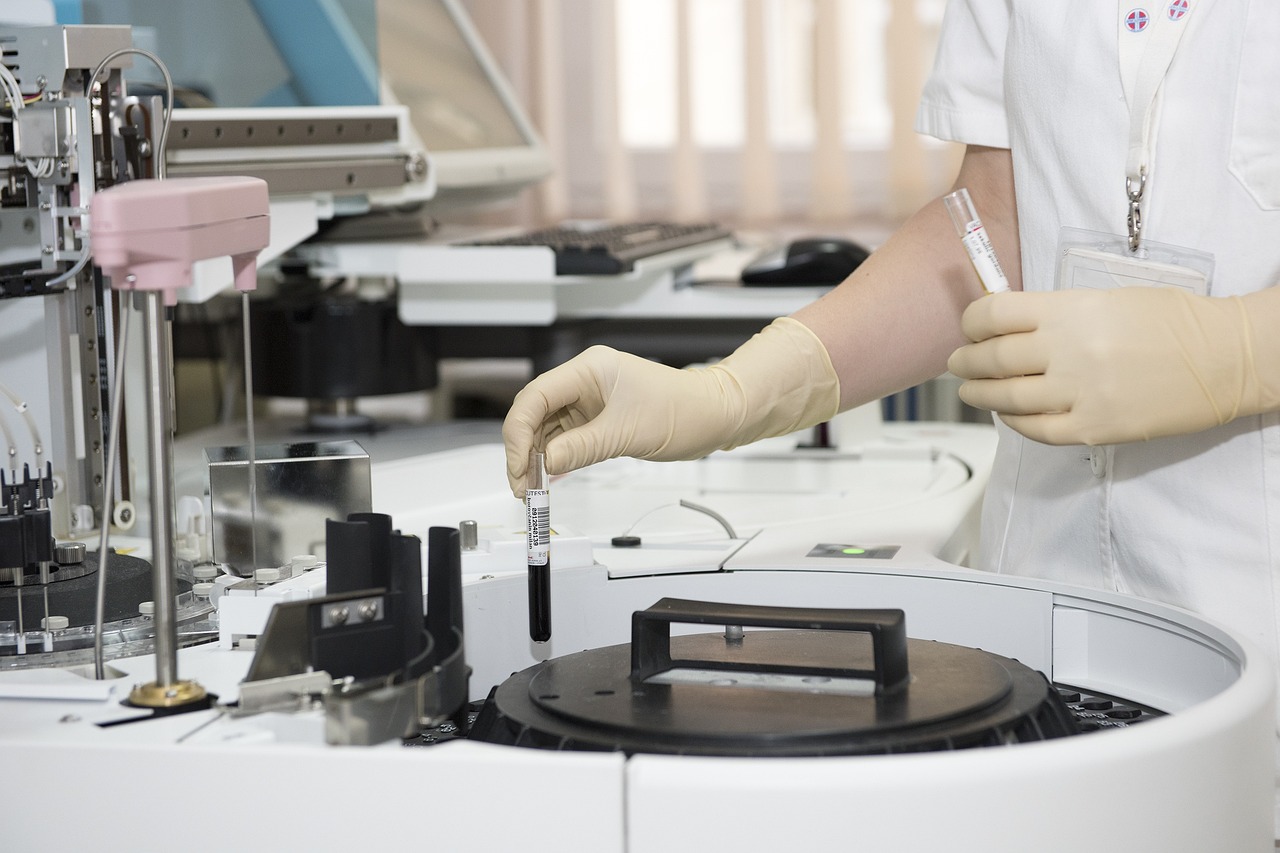
The Center employs a treatment model that promotes the patients’ participation in order to create a human-centered medical experience, combining standardized diagnosis and treatment norms with personalized program selection. In addition to routine treatments, the Center actively develops molecular imaging probes, genetic testing, and drug technology to achieve individualization and precision of treatment through exploratory research, become an “incubator” for new drugs, devices and technology.

The Center carries out a patient-centered concept and provides patients with a full range of medical services from prevention, early screening of diseases, comprehensive treatment and continuous management by means of general medicine outpatient services, health management center, MDT consultation and specialty referral. The Department of General Medicine undertakes two-way referral of patients by closely linking with specialties to ensure the continuity and professionalism of disease management.

The Center provides operational diagnosis for outpatients by enabling some traditional inpatient medical services to be performed on an outpatient, day-patient basis, and integrates them in its Day Treatment Center by enlisting technology improvement, process optimization, and lean management, thereby reducing patients’ wait-time, optimizing medical experience, and providing patients with humanistic care and support.

The Center employs a smart data center as required by its clinical and management needs. Data integration management is a strategic configuration of enabling the clinical platform for open research, providing a comprehensive showcase for a new departmental integration and treatment model, demonstrating an exploration of deep integration of “medical, research, academics, translation”, as well as a perfect demonstration of advanced information systems to achieve hospital intelligence.

The clinical team of the Center for Neurological Diseases is made up of doctors specialising in neurology, neurosurgery, neurocritical medicine, geriatrics, rheumatology, psychology, imaging, interventional medicine and pathology.
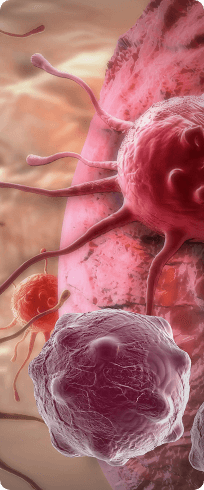
The clinical medicine team of the Oncology Center consists of doctors from the departments of Medical Oncology, Gastroenterology, Respiratory Medicine, General Surgery, Thoracic Surgery, Urology, Imaging, Radiotherapy, Interventional Medicine, Pathology and Laboratory Medicine.

The clinical team of the Center for Panvascular Diseases is made up of doctors specialising in cardiovascular medicine/surgery, neurology/surgery, vascular surgery, rheumatology, imaging and interventional medicine.
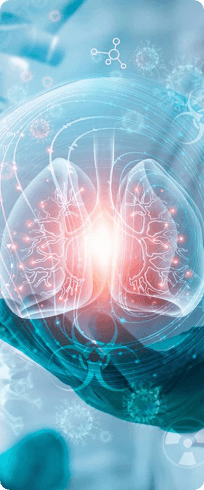
The clinical medicine team of the Center for Respiratory Diseases consists of a combination of doctors specialising in respiratory medicine, respiratory intensive care medicine, thoracic surgery, allergology, geriatrics, and otorhinolaryngology.
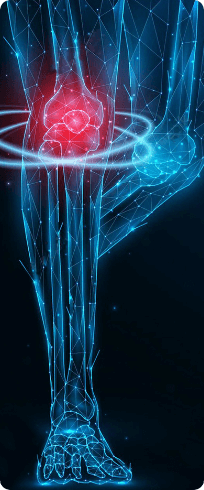
The clinical team of the Center for Rheumatology, Immunology and Musculoskeletal Diseases consists of doctors from the departments of Rheumatology, Endocrinology, Orthopaedics, Geriatrics, Nephrology, Neurology, Dermatology, Imaging and Pathology.

The clinical team of the Center for Sensory System Diseases consists of a combination of ophthalmologists, otorhinolaryngologists, neurologists, endocrinologists, immunologists, allergists, respiratory physicians and dermatologists.


2025-04-10

2024-12-20
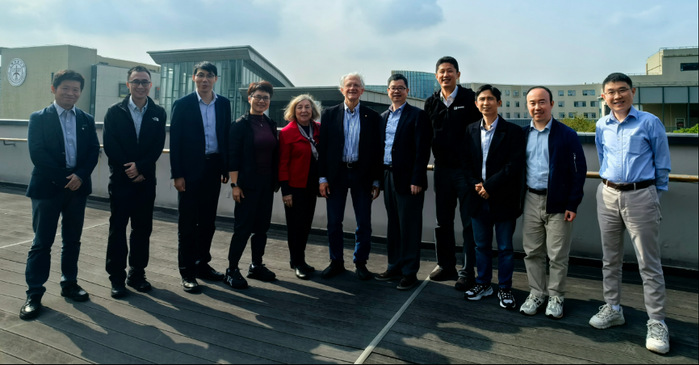
2024-11-19
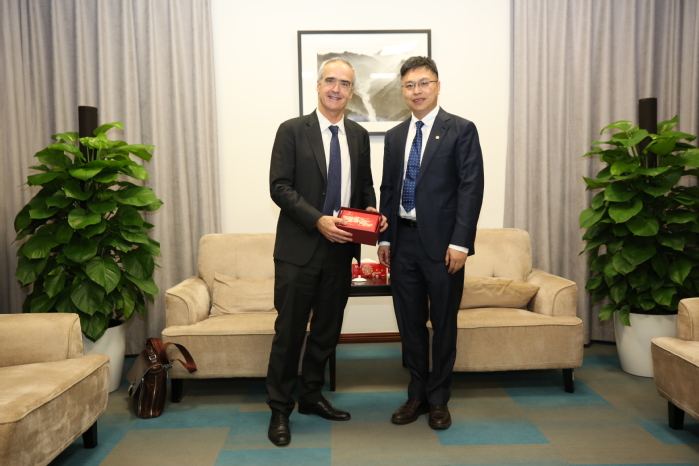
2024-11-11
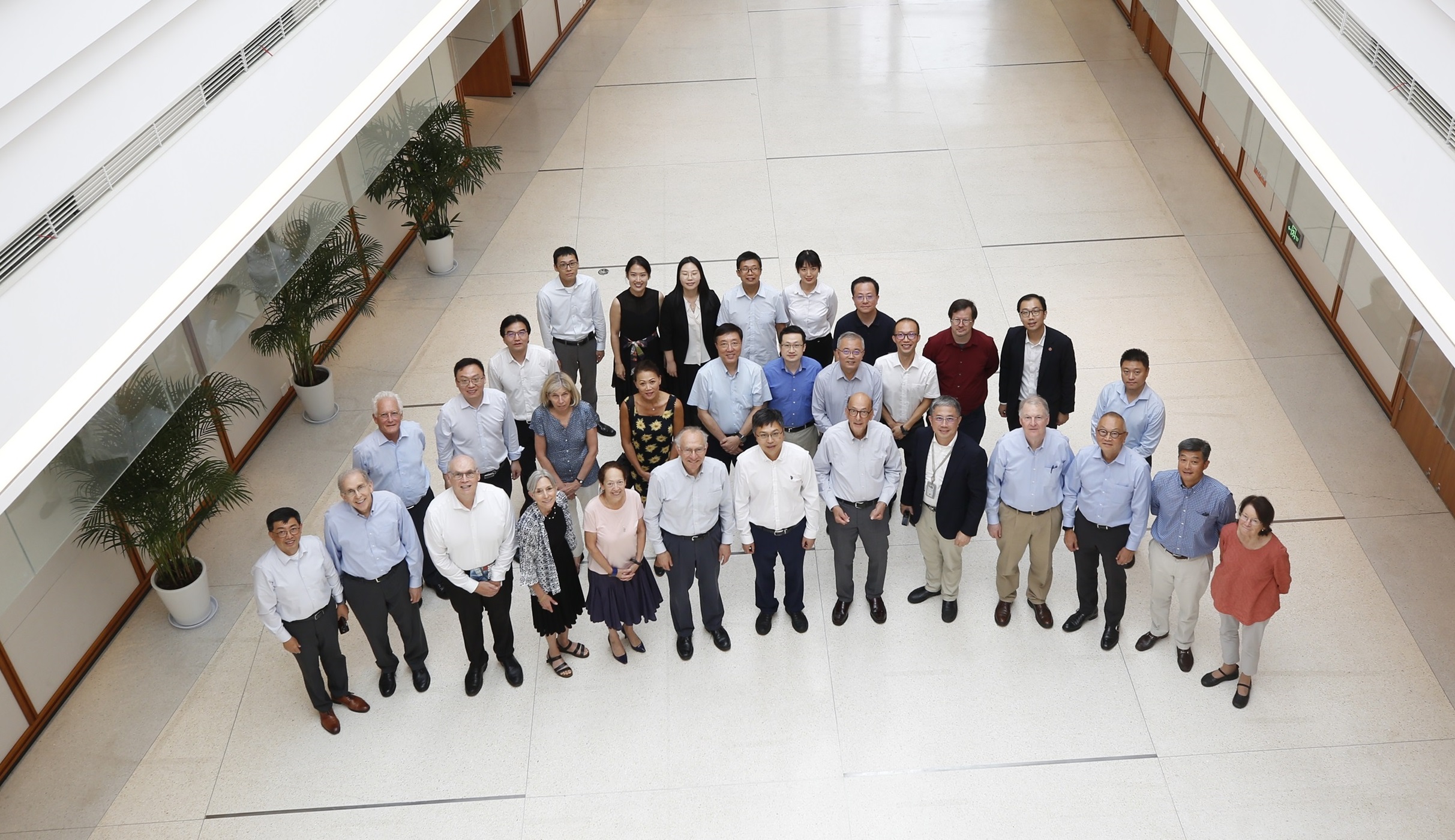
2024-09-17
Administration Office
2025-04-21
Administration Office
2024-11-01
Administration Office
2024-03-01
Administration Office
2023-09-22
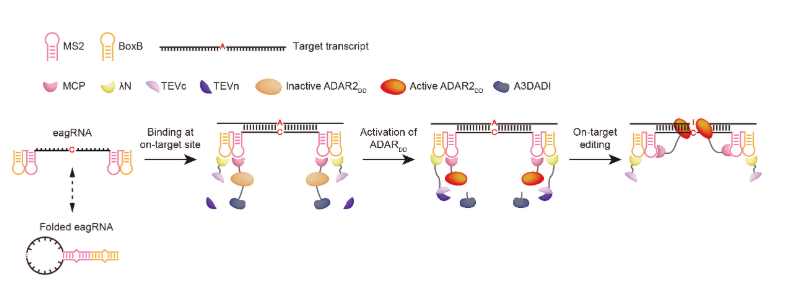
The development of programmable, site-specific gene editing tools has provided methods and strategies for correcting pathogenic mutations, such as emerging RNA editing technologies. Unlike DNA editing, RNA editing transiently modifies RNA transcripts, thereby avoiding the long-term safety risks associated with DNA off-target effects.
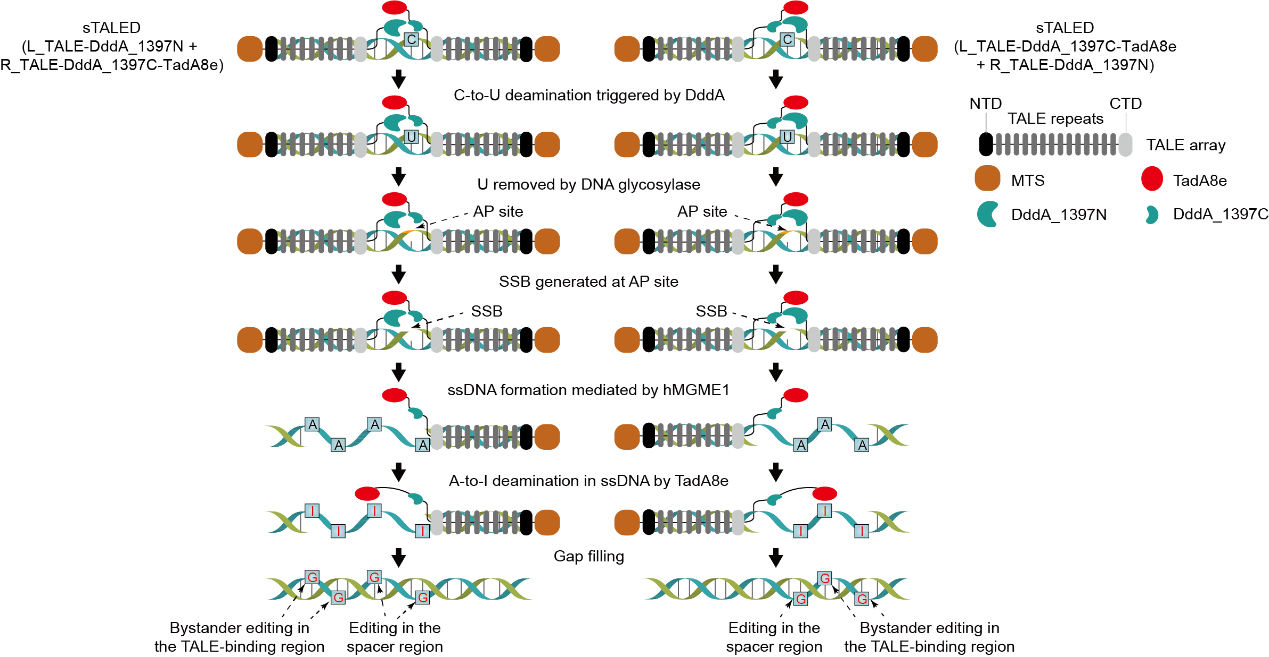
Mitochondria, the “powerhouses” of cells, play a vital role in adenosine triphosphate (ATP) production. Mitochondria possess their own independent DNA, termed mitochondrial DNA (mtDNA), which encodes genes essential for mitochondrial function. Compared to nuclear DNA, mtDNA is more prone to mutations due to reactive oxygen species generated during oxidative phosphorylation. Most mtDNA mutations are base substitutions, leading to mitochondrial genetic disorders such as Leber hereditary optic neuropathy (LHON), Leigh syndrome, and mitochondrial encephalomyopathy, lactic acido
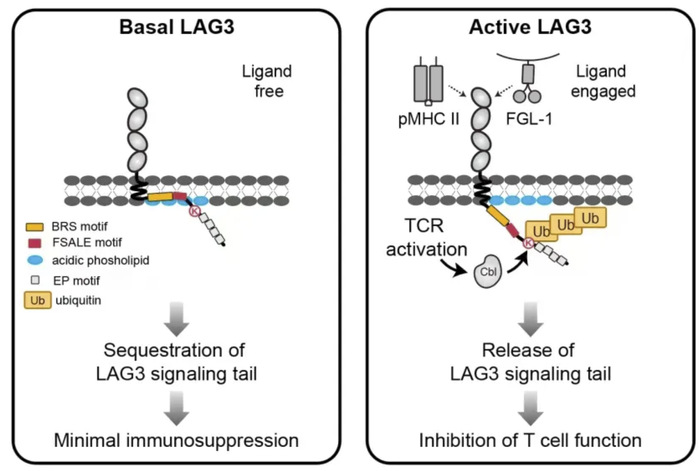
A new study published in Cell has uncovered how a molecule called LAG3 functions as a brake to suppress the immune system. This discovery helps explain how cancer avoids immune attacks and may guide doctors to better treatment options. Led by Associate Professor Wang Haopeng from the School of Life Science and Technology (SLST) at ShanghaiTech University, this research offers a fresh perspective for improving cancer immunotherapy.
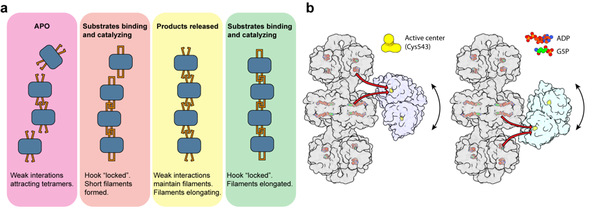
Abiotic stresses such as drought, salinity, and extreme temperatures threaten global crop yields. For optimum crop productivity, plants must efficiently combat these stresses. Rapid accumulation of proline under stress is a key feature and primary defense strategy in plants. Arabidopsis thaliana pyrroline-5-carboxylate synthase (AtP5CS), involved in proline metabolism, serves as the rate-limiting enzyme for de novo proline synthesis in plants. AtP5CS contains both glutamate kinase (GK) and glutamate-5-semialdehyde dehydrogenase (GPR) domains.